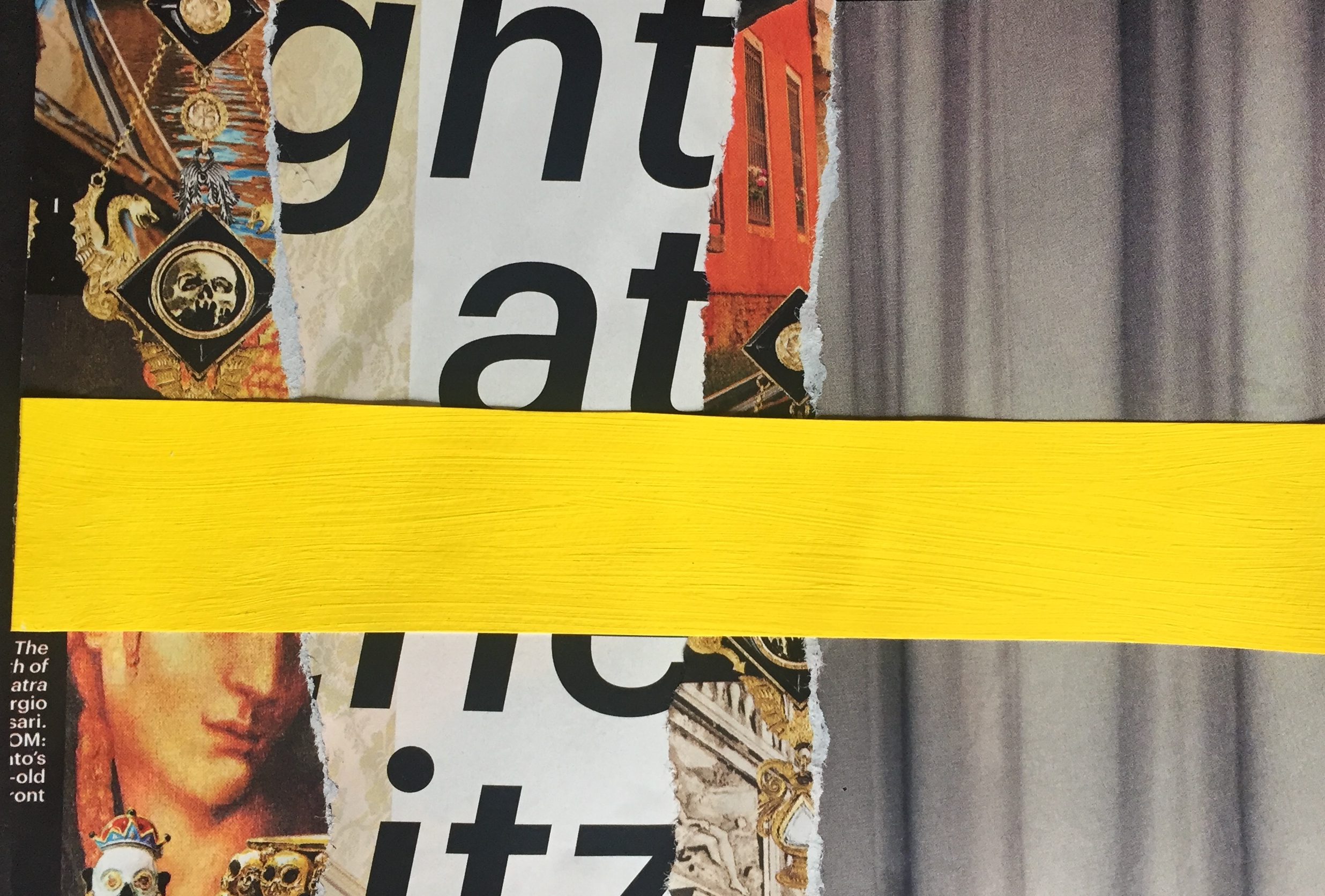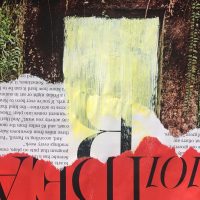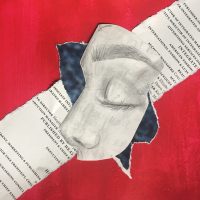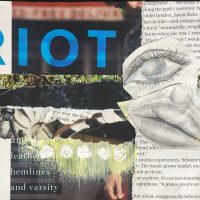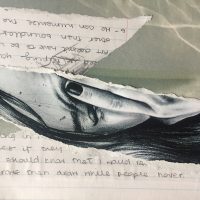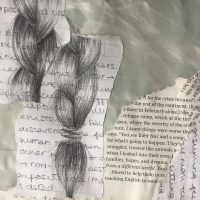PART 1:
RULES:
- Each collage will include acrylic paint because I’m trying to become more comfortable with painting this semester.
- Each collage will include at least one pop of color because I’m also trying to become more comfortable with color.
THE COLLAGES:
- WEDNESDAY
- THURSDAY
- FRIDAY
- SATURDAY
- SUNDAY
- MONDAY
CRIT NOTES:
- 2 rules we perceived: magazine, colors, size, paint?
- Themes we got: fragmentation
- Consistent aesthetics
- Good graphic designs
- First one seems out of place
- Really dynamic
- What ifs
- More different colors?
- The way of employing brush strokes
PART 2:
GUIDELINES:
- I will use the same color scheme to make them all cohesive.
- I will primarily rip the paper to create more organic, gestural lines instead of through paint as suggested in class (because I’m going out of town, but still want to incorporate the critique notes).
Theme: Identity (a portion of my paper topic, which is how biracialism in the US affects identity formation)
This week, I tried to stick to the same sort of aesthetic, but made it slightly less graphic design-like and more organic/personal to fit the theme. Instead of colored paint, I used a single sheet of yellow paper, which kept the same idea and visual aspect but in a more (transportable and) muted way, since the color wasn’t as neon. I also added source material outside of magazines, such as notes, drawings, and paper to further the intimacy.
THE COLLAGES:
- WEDNESDAY
- THURSDAY
- FRIDAY
- MONDAY
- SUNDAY
- SATURDAY
WRITTEN RESPONSE:
I am interesting in how biracialism affects the psychology and identity formation of young people and students in America, and I explore this idea through collaging written notes, drawings, and found photographs from magazines. By contrasting the organic handwriting and ripping with the curated magazine images, I intended to create a sense of fragmentation and contradiction while still keeping a cohesive visual result, which I feel mirrors the layering of identity that I’m researching.
Why am I personally invested in this thesis?
I’m half Italian and half Somali, and this is only my second year living in America. In my international school in Turkey, everyone was from all over the world, and most people were mixed and living abroad like me, so it wasn’t anything out of the ordinary. In America, however, I noticed how attached many people were to their cultural identity, racial identity, and national identity, even when these clashed with each other. This made me want to look further into how identity fluidity can affect growing up.
Why am I intellectually/academically invested in this thesis?
In this interesting time where moves towards racial equality have been made, but still contradict certain aspects of the US from police brutality to the president himself, racial tensions are higher than expected for 2018, making it specifically difficult for contrasting identities to overlap. With these issues as well as smaller scale ones, such as cultural appropriation for example, at the forefront of the media and even everyday discussion, biracialism can be more layered and confusing, resulting in a very explorative paper (I hope).
